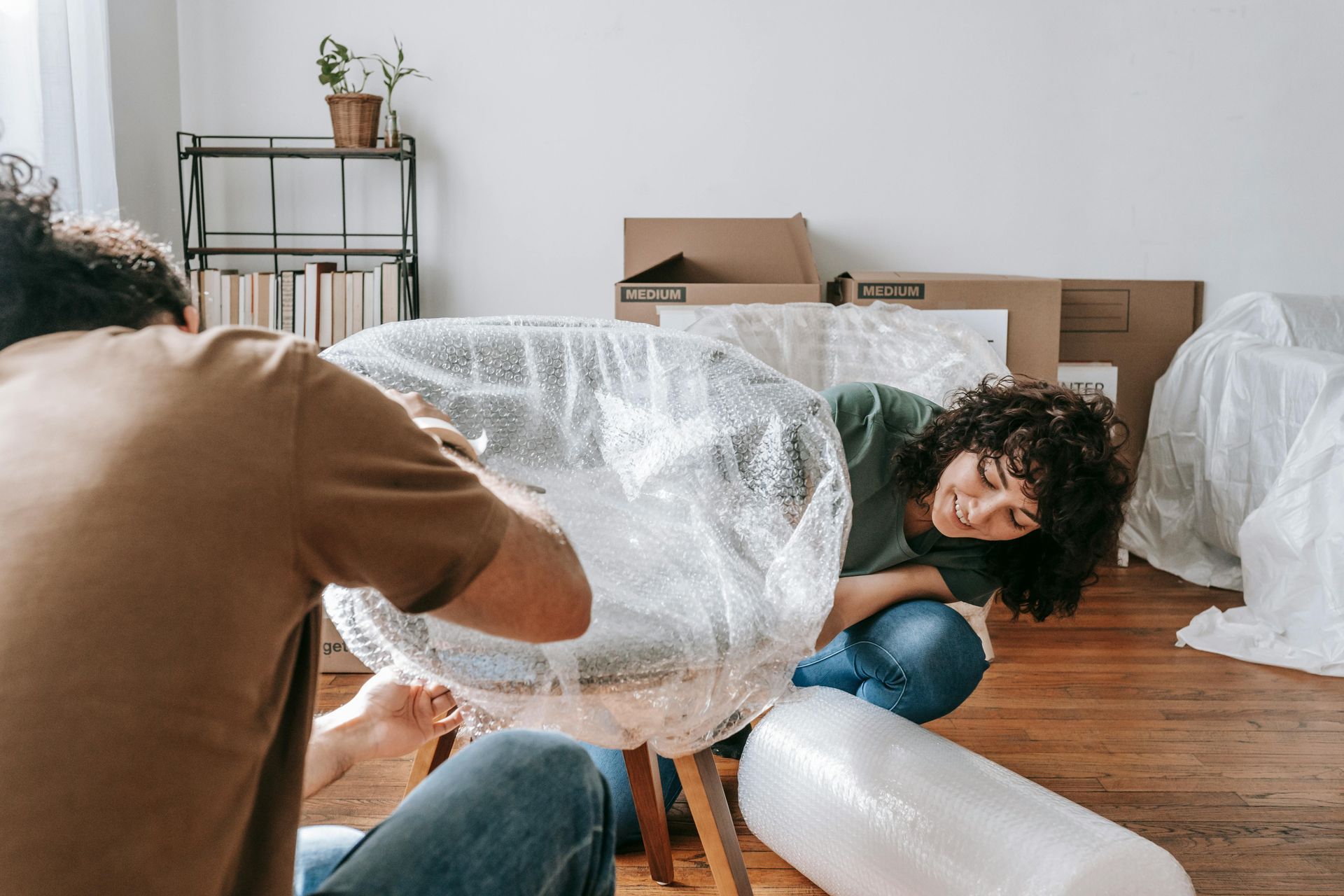
Properly protecting furniture during a move requires specific techniques and materials to prevent damage during transport. This guide explores expert methods for wrapping various types of furniture, including upholstered pieces, wooden items, and delicate antiques. By using the right techniques and supplies, you can ensure your belongings arrive safely. Whether moving down the street or relocating long-distance, San Antonio local movers rely on these techniques to safeguard furniture during transit.
Materials Selection and Preparation
Effective furniture protection starts with gathering high-quality materials and organizing the workspace. Thick moving blankets provide crucial padding and shield furniture from scratches and dents. Heavy-duty plastic wrap keeps moisture and dirt at bay while holding the blankets in place. Corner protectors help safeguard vulnerable edges, reducing the risk of damage. Bubble wrap offers an extra layer of defense for fragile details and intricate designs. Packing tape secures wrapping materials but should not come into direct contact with furniture surfaces to prevent residue. Furniture sliders make it easier to move heavy pieces without causing floor damage. Setting up a spacious work area around each item ensures smooth and efficient wrapping.
Upholstered Furniture Protection
Securing upholstered furniture requires techniques that shield it from stains, dirt, and physical damage. Before wrapping, clean and dry the surfaces to prevent mold or mildew. Protective covers or plastic wrap create a barrier against spills and dust. Arms and legs should receive extra padding to prevent pressure marks. Adding reinforced layers to high-stress areas, such as corners and edges, minimizes impact-related damage. Wrapping with multiple layers of blankets offers thorough protection. Ensure that securing materials are tight but not compressed, preserving the shape and cushioning of the furniture. If transporting valuable upholstered pieces, climate-controlled conditions help maintain their integrity throughout the move.
Wooden Furniture Wrapping Techniques
Wooden furniture needs special care to avoid scratches, dents, and potential structural issues. When possible, disassemble larger pieces and wrap each section separately. Remove drawers, shelves, and other detachable parts before securing them in protective padding. Apply cushioning to all surfaces, particularly areas with delicate finishes or ornate carvings. Additional reinforcement should be placed around legs, corners, and protruding details. Moving blankets should be firmly secured but not overly tight, preventing pressure marks on wooden surfaces. Corner protectors add another layer of safety to fragile edges. If relocating antique or valuable wooden furniture, humidity protection is essential to prevent warping or cracking.
Special Considerations for Delicate Pieces
Furniture with intricate details or high value requires an added level of protection. Custom padding solutions should be used for fragile components and elaborate carvings. Extra layers of protection ensure delicate finishes remain unscathed. Crating may be the best option for highly valuable or irreplaceable pieces, offering maximum security. Documenting the condition of each piece through photographs and notes before wrapping provides a reference in case of damage. Exploring insurance options offers peace of mind during transport. Providing movers with handling instructions ensures they take the necessary precautions when moving delicate items.
Transportation and Handling Guidelines
Proper handling and transport techniques play a crucial role in ensuring wrapped furniture remains intact. Planning the loading sequence prevents unnecessary pressure on fragile or valuable pieces. Using correct lifting techniques helps avoid strain on furniture joints. Secure all wrapped furniture inside the moving truck to prevent shifting during transit. Periodically checking the stability of items throughout the journey minimizes the risk of damage. Climate-controlled transport may be beneficial for pieces sensitive to temperature and humidity changes. At the destination, having a designated unloading space allows for a smooth and careful transition into the new environment. Attention to these handling details helps maintain the condition of your furniture throughout the moving process.
Other related articles:

